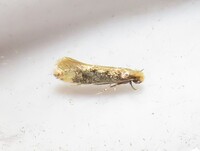 | Recorded by: B. Bockhahn on 2025-05-13
Macon Co.
Comment: | 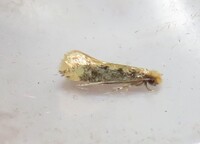 | Recorded by: B. Bockhahn on 2025-05-13
Macon Co.
Comment: |
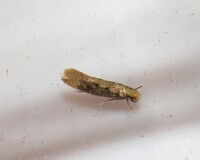 | Recorded by: B. Bockhahn on 2025-05-13
Macon Co.
Comment: | 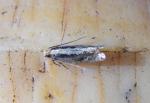 | Recorded by: R. Newman on 2025-04-27
Carteret Co.
Comment: |
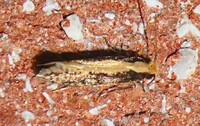 | Recorded by: Simpson Eason on 2025-04-25
Durham Co.
Comment: | 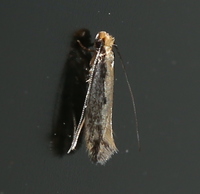 | Recorded by: David George on 2024-08-27
Durham Co.
Comment: |
 | Recorded by: Jim Petranka on 2024-07-26
Madison Co.
Comment: | 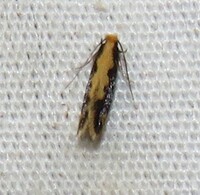 | Recorded by: B. Bockhahn on 2024-07-17
Ashe Co.
Comment: |
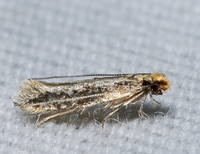 | Recorded by: John Petranka on 2024-06-11
Orange Co.
Comment: | 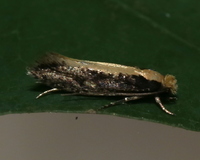 | Recorded by: David George on 2024-06-07
Durham Co.
Comment: |
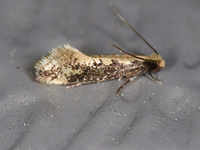 | Recorded by: Jim Petranka on 2024-06-02
Madison Co.
Comment: | 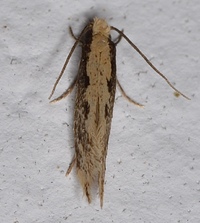 | Recorded by: Stephen Dunn on 2024-05-20
Orange Co.
Comment: |
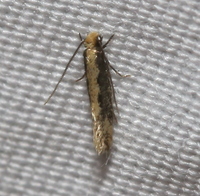 | Recorded by: David George, Rich Teper on 2024-05-13
Chatham Co.
Comment: | 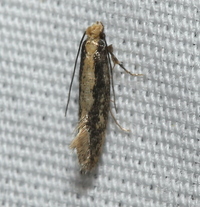 | Recorded by: David George, Rich Teper on 2024-05-13
Chatham Co.
Comment: |
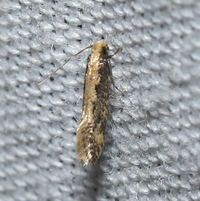 | Recorded by: David George, Rich Teper on 2024-05-13
Chatham Co.
Comment: |  | Recorded by: Mark Basinger on 2023-09-13
Wilson Co.
Comment: |
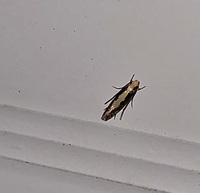 | Recorded by: Mark Basinger on 2023-09-13
Wilson Co.
Comment: | 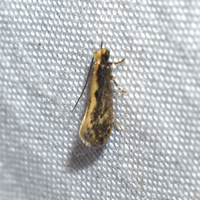 | Recorded by: David George, Jeff Niznik on 2023-07-09
Orange Co.
Comment: |
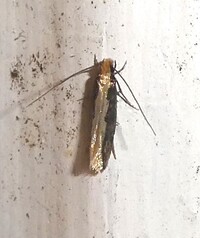 | Recorded by: Simpson Eason on 2023-06-23
Durham Co.
Comment: | 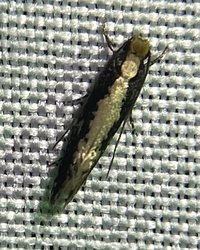 | Recorded by: David George, Richard Teper, Carol Tingley, Tom Howard, Richard Stickney, Becky Watkins on 2023-05-06
Durham Co.
Comment: |
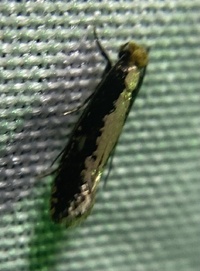 | Recorded by: David George, Richard Teper, Carol Tingley, Tom Howard, Richard Stickney, Becky Watkins on 2023-05-06
Durham Co.
Comment: | 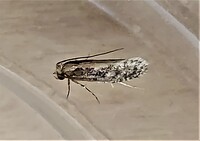 | Recorded by: Gary Maness on 2022-07-18
Guilford Co.
Comment: |
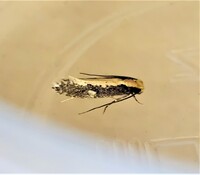 | Recorded by: Gary Maness on 2022-07-04
Guilford Co.
Comment: | 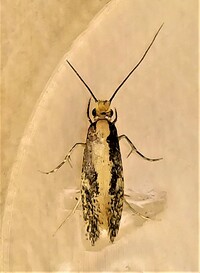 | Recorded by: Gary Maness on 2022-06-19
Guilford Co.
Comment: |
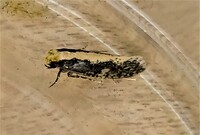 | Recorded by: Gary Maness on 2022-05-26
Guilford Co.
Comment: | 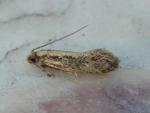 | Recorded by: R. Newman on 2022-04-27
Carteret Co.
Comment: |
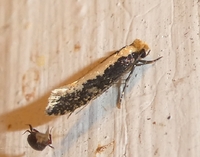 | Recorded by: Simpson Eason on 2022-04-22
Durham Co.
Comment: | 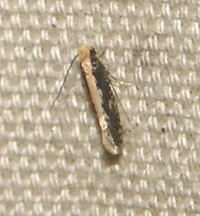 | Recorded by: Vin Stanton on 2021-06-23
Buncombe Co.
Comment: |
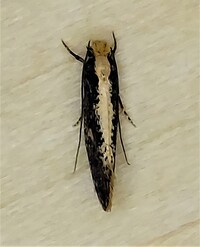 | Recorded by: Gary Maness on 2021-03-14
Guilford Co.
Comment: | 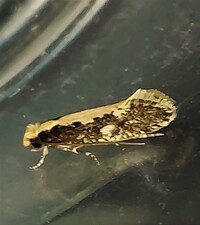 | Recorded by: Gary Maness on 2021-03-08
Guilford Co.
Comment: |
|

 »
»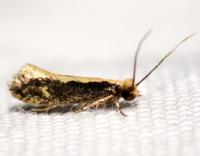

 »
»